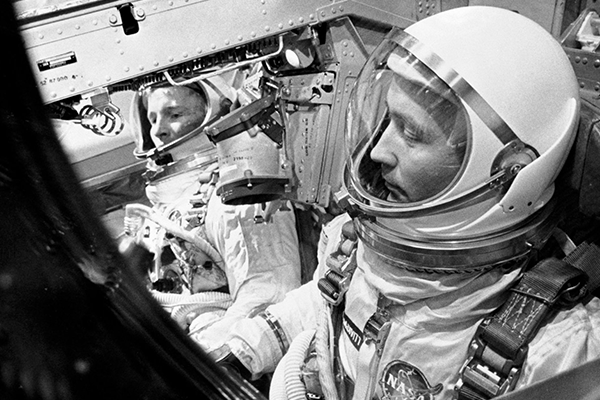Ananyo Bhattacharya, graduate student at U-M Climate and Space, was awarded a U-M Space Institute Power Grant in the amount of $1,400, for his project “PlanetGPT- A U-M GenAI Tool for Space Sciences and Engineering” in December 2023.
Plasma Thrusters on Satellites Could Be Much More Powerful
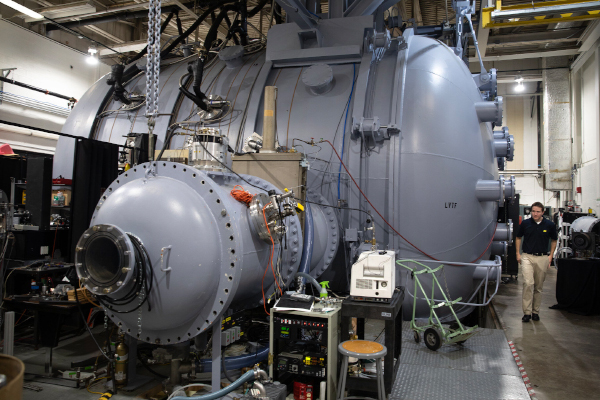
NASA’s 6-Pack of Mini-Satellites Ready for Their Moment in the Sun
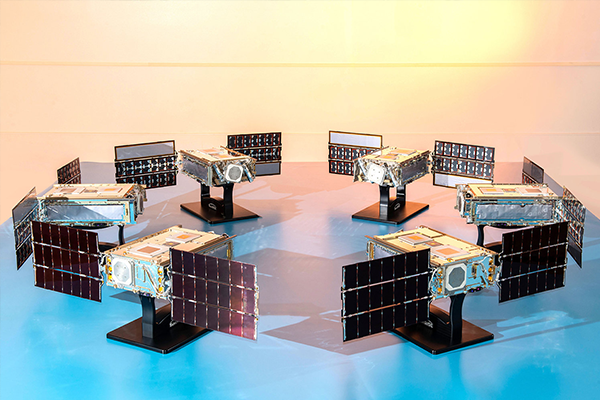
Researchers Lead Science, Discovery and Engineering Forward at AGU23
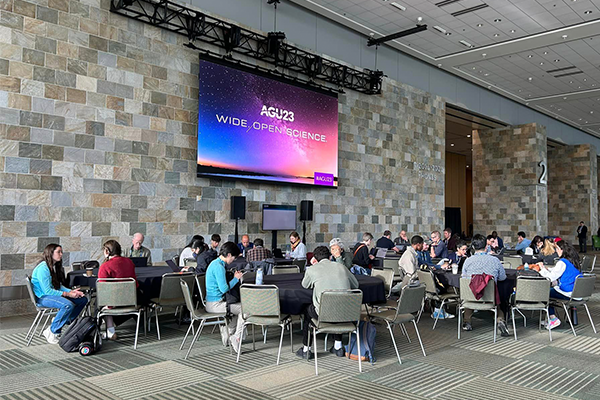
“NASA Engineer Named in Forbes 30 Under 30 List of Innovators”
Clare Luckey, a 2017 alumna of the University of Michigan Department of Climate & Space, has been named to Forbes’ 30 under 30 in the Class of 2024, in the category of science. She was featured in the article “NASA Engineer Named in Forbes 30 Under 30 List of Innovators.” | December
“99% of Space Junk is Undetectable. That Could Change Soon”
Dr. Nilton O. Renno, professor at U-M Climate and Space and U-M Aerospace Engineering, and Dr. Mojtaba Akhavan-Tafti, assistant research scientist at U-M Climate and Space, were featured in an article titled “99% of Space Junk is Undetectable. That Could Change Soon” from Universe Today. The article discussed how they are currently working to detect Continue Reading »
“Colliding Space Junk Makes ‘Noise’ That Could Be Heard from Earth”
Dr. Nilton O. Renno, professor at U-M Climate and Space and U-M Aerospace Engineering, and Dr. Mojtaba Akhavan-Tafti, assistant research scientist at U-M Climate and Space, were featured in “Colliding space junk makes ‘noise’ that could be heard from Earth” for Space.com | December 12, 2023
“New Theory Explains How Magnetic Switchbacks Form in the Solar Wind”
Dr. Gabor Toth, research professor at U-M Climate and Space, and Dr. Bart van der Holst, associate research scientist at U-M Climate and Space, were featured in “New theory explains how magnetic switchbacks form in the solar wind” for Space Daily. | December 3, 2023.
Dwarf Galaxies Use 10-Million-Year Quiet Period to Churn Out Stars
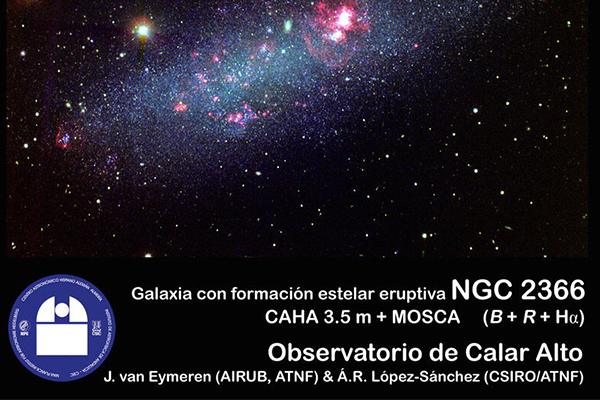
Jim McDivitt Memorial Symposium Held by Michigan Aerospace
